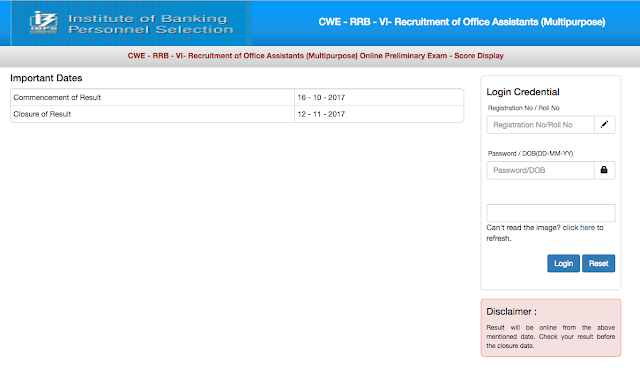VisionIAS
06:47
IBPS RRB PO 2017 Mains Admit Card Released

Important Dates

IBPS has released the online exam call letter (Admit Card) for the post of IBPS RRB Officer Scale-I (PO) Officer Scale-II and Officer Scale-III 2017. All the students who have qualified in Prelims Exam for IBPS RRB Officer Scale-I (PO) can download the call letters by clicking on the link provided below. The exam will be conducted on 05th November 2017.
Important Dates
Commencement of Call letter Download: 17th October 2017
Closure of Call letter Download: 05th November 2017
Closure of Call letter Download: 05th November 2017



















